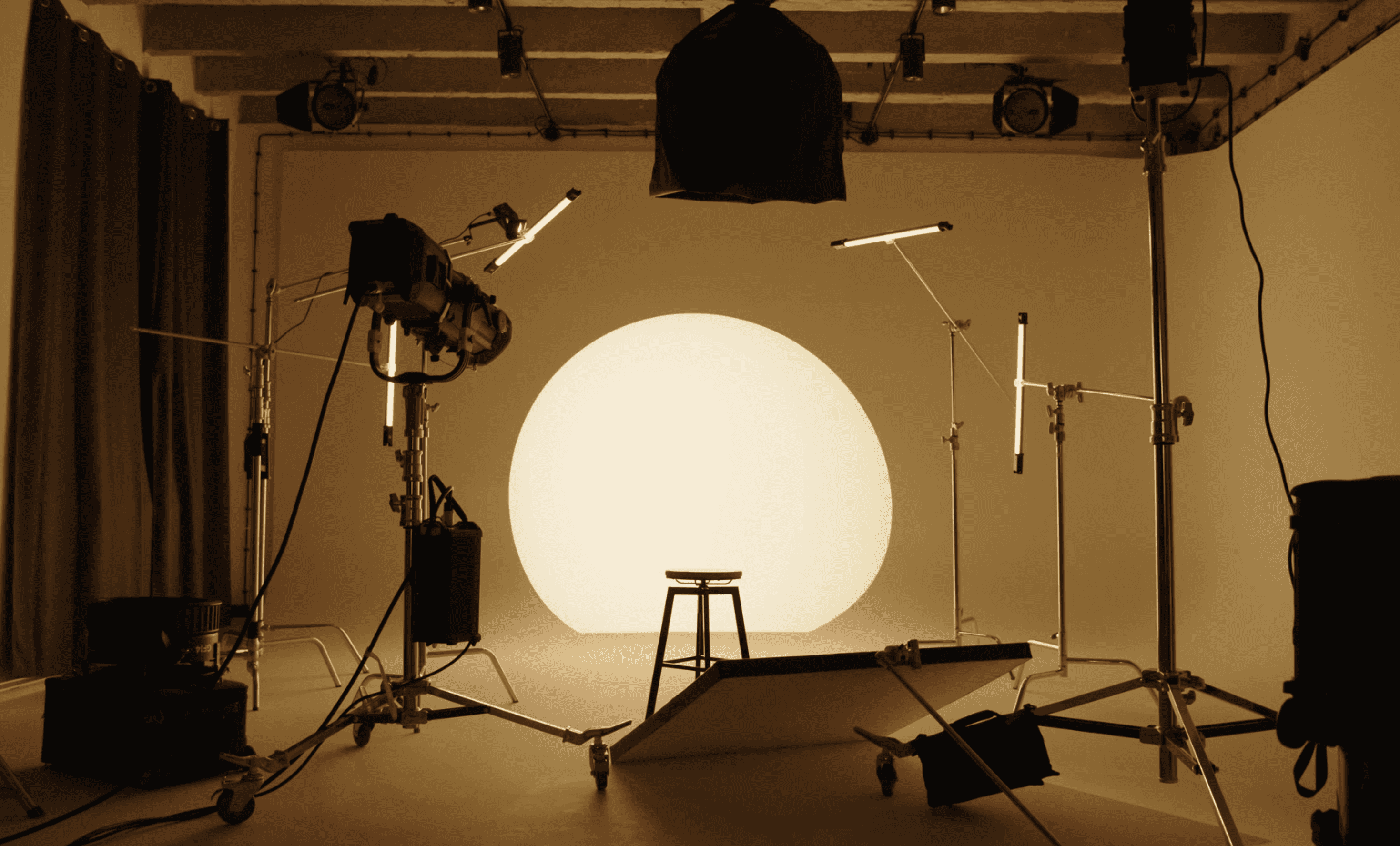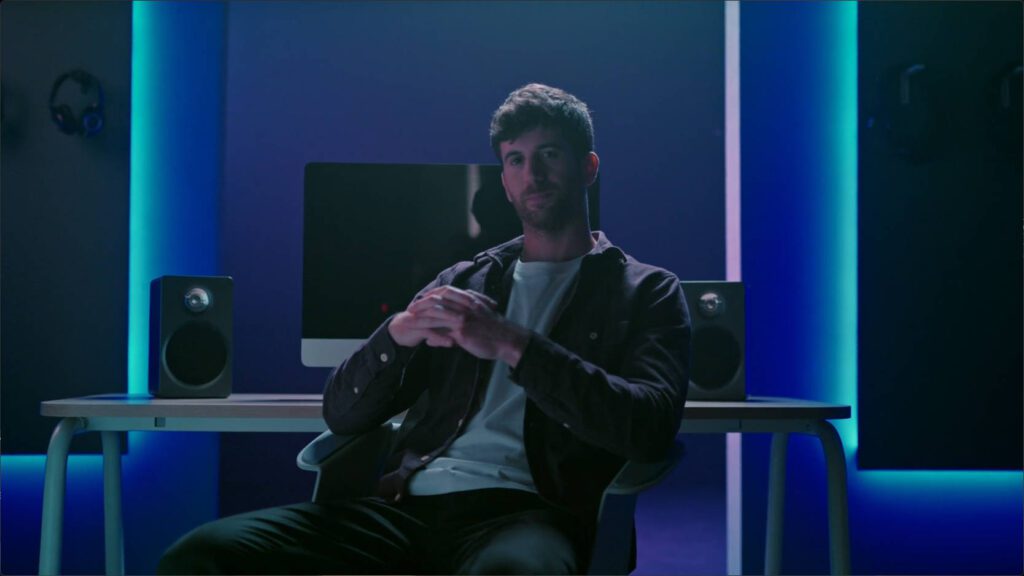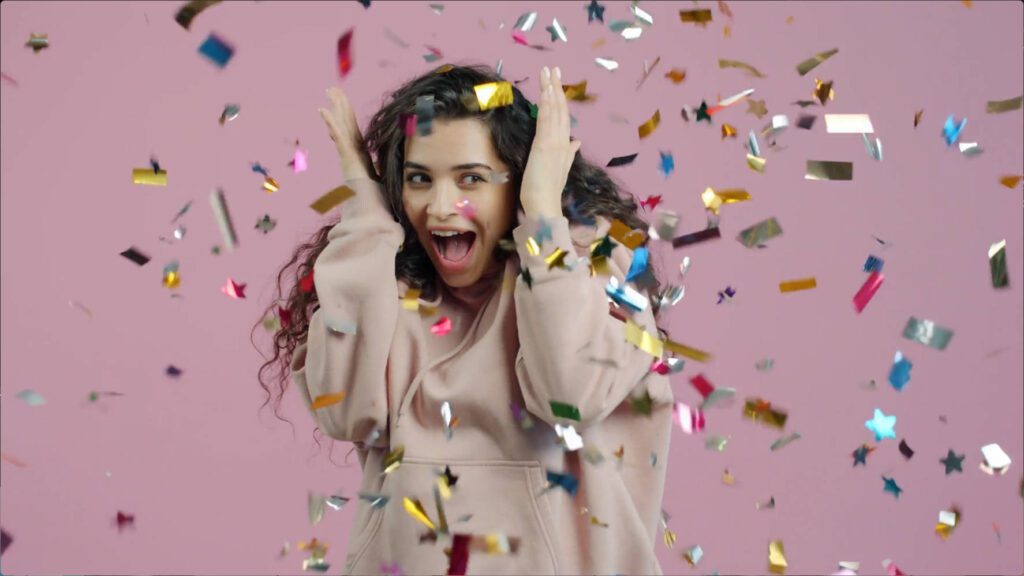Want to make your videos look polished, cinematic, and scroll-stopping? Mastering lighting is the fastest way to level up your video production. Whether you’re a content creator, marketer, or filmmaker, the way you light your scene can make or break the visual impact of your video. In this updated guide, we’ll explore professional lighting techniques, trending tools, and creative approaches that will transform your video content, no matter your budget.
Why Lighting Matters in Video Production
Good lighting is more than just visibility, it’s a storytelling tool. Here’s how smart lighting elevates your video content:
- Sets the Mood: From soft and romantic to stark and dramatic, lighting shapes the emotional tone.
- Enhances Focus: It directs the viewer’s eye to key subjects and actions.
- Boosts Production Value: Clean, intentional lighting instantly makes a video look more expensive.
- Clarifies Visuals: Proper exposure ensures that faces, products, and environments are crisp and clear.
- Builds Trust: Professionally lit videos signal credibility, crucial for branded content and marketing.

Three-Point Lighting: The Industry Standard
Still a cornerstone of professional setups, three-point lighting gives you full control over depth and dimension:
- Key Light: Your main source, usually placed 45° from the subject. This light defines the face or focal point.
- Fill Light: A softer light on the opposite side of the key light. It reduces harsh shadows and balances the exposure.
- Backlight (or Rim Light): Positioned behind or above the subject to create separation from the background and add depth.
For interviews, explainer videos, or YouTube content, this setup is clean, flattering, and adaptable.
Light Colour Temperature: Warm vs. Cool
Light temperature, measured in Kelvin (K), affects how your video feels:
- Tungsten (approx. 3200K): Warm and orange-tinted, great for cosy, intimate scenes.
- Daylight (approx. 5600K): Cool and blueish, ideal for natural or corporate vibes.
Make sure all your lights are balanced to the same temperature or use colour gels or camera white balance to match them.
Soft vs. Hard Light: Know the Difference
- Soft Light (from softboxes, diffusion panels, or cloudy windows): Gentle shadows, flattering skin tones. Perfect for interviews, vlogs, or beauty shots.
- Hard Light (from bare bulbs or direct sunlight): Sharp shadows, high contrast. Ideal for edgy, dramatic, or stylised looks.
Pro tip: Use diffusion (like a scrim or shower curtain) to soften harsh lights affordably.

Controlling Light Intensity
Don’t just rely on camera settings, managing light strength can fix exposure and improve consistency. Here’s how:
- Move lights closer or farther from the subject.
- Use dimmable LED panels.
- Add ND gels or flags to cut brightness.
- Bounce lights off walls or reflectors for a softer effect.
Creative Lighting Techniques for Impactful Videos
Want to push your visuals further? Try these trending and cinematic lighting styles:
1. Butterfly Lighting
A favourite in beauty and fashion, place the key light slightly above and directly in front of the subject. It casts a symmetrical shadow under the nose, creating a sculpted, elegant look.
2. Ring Light
Still popular for social media, ring lights deliver even lighting and a signature circular catchlight in the eyes. Great for tutorials, TikToks, and close-up content.
3. Gobo Lighting
Add texture and intrigue by placing a cut-out or object (a “gobo”) between the light and background. Think patterned shadows like blinds, leaves, or abstract shapes.
4. Practical Lighting
Use visible light sources within the scene like lamps, screens, candles to enhance realism and add depth. This works well in documentaries, lifestyle content, and low-budget drama.
5. LED & RGB Lighting
Customisable RGB LED lights are now widely affordable. Use them for bold accent colours, moody atmospheres, or stylised commercial effects.
Common Video Lighting Mistakes (and How to Avoid Them)
Even the best gear can’t save a poorly lit scene. Watch out for:
- Overexposed or underexposed footage: Learn to read your camera’s histogram or waveform monitor.
- Harsh shadows on faces: Fix with a fill light or diffusion.
- Mismatched colour temperatures: Mixing daylight and tungsten bulbs creates ugly, inconsistent tones.
- Neglecting background lighting: Your backdrop matters, light it to create depth and avoid dullness.
- Inconsistent lighting across cuts: Keep your setup marked and repeatable to maintain visual continuity.
Essential Equipment for Better Video Lighting
Here’s a quick checklist for upgrading your lighting kit:
- LED Panel Lights: Bi-colour or RGB for flexibility.
- Softboxes or Umbrellas: For softening light.
- Ring Light: Ideal for talking-head and social content.
- Reflectors: Bounce light naturally without power.
- Light Stands with Boom Arms: For stable and precise placement.
- Gels and Diffusion Sheets: To control colour and softness.
Budget Tip: DIY Lighting Hacks
On a tight budget? Use these everyday items:
- Bedsheets or parchment paper: Instant diffusion.
- Aluminium foil: Reflector alternative.
- Desk lamps with LED bulbs: Compact fill lights.
- Smart bulbs: Colour control via smartphone.
FAQs
What’s the best lighting setup for interviews?
A soft three-point lighting setup is ideal. Use a key light with diffusion, a subtle fill, and a backlight for depth.
Can I get cinematic lighting on a budget?
Yes! Use natural light, DIY diffusers, and position lights strategically. It’s more about placement and control than price.
How do I balance mixed lighting in post?
Use white balance tools or colour grading software like DaVinci Resolve or Adobe Premiere Pro to match tones.
Should I always use the same lighting setup?
Not at all. Your lighting should match your content’s style, soft for testimonials, hard for high-drama, colourful for product promos.
Final Thoughts
If you want to improve your video quality instantly, learn to light like a pro. With the right lighting techniques, classic and creative. You can turn even a basic setup into a professional-looking production.
Start small, experiment, and focus on consistency. Your viewers will notice the difference and so will your engagement stats.





